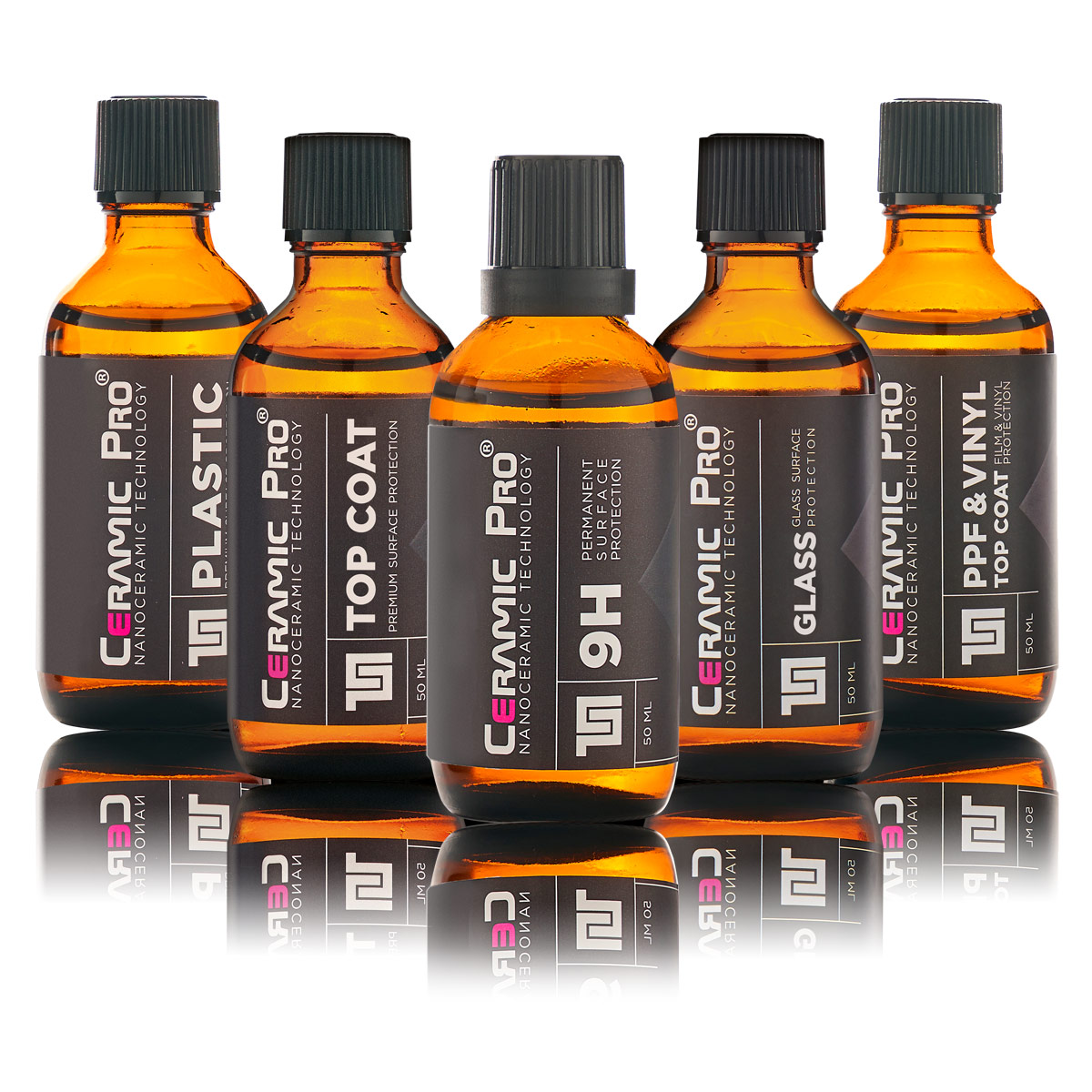On bisqueware the main problem is the absorbency of the clay body which will suck the color out of the brush and leave craters on the surface.
Ceramic chemical surface treatments.
Through more than 30 years of technical experience we studied to solve and improved the surface treatment of countless industries.
In sem images figures 1 c and 1 d after surface treatment of hf 10 it was possible to observe a porous surface with exposure of lithium disilicate crystals on the ceramic surface resulting in more surface area for resin bonding and promoting better chemical bonding via a silane coupling agent.
If the ceramic objects you are trying to color are not to be used for eating from don t need to sit outdoors and you are not concerned with archivalness just about any paint can be used.
A thermo chemical surface treatment of aln powder for the aqueous processing of aln ceramics volume 19 issue 3 s m.
Surface preparation or treatment for adhesion is defined as one or a series of operations including cleaning removal of loose material and physical and or chemical modification of a surface to which an adhesive is applied for the purpose of bonding.
As the population surface treatments to define the intervention without treatment ceramic or surface treatment gold standard etching with hydrofluoric acid and silane as comparison increase in adhesive or bond strength values as results and in vitro experimental studies to define study design.
Plasma systems may also be used to treat a variety of material types including polymers glass and ceramics.
Any of these constraints limit your options.
We specializes in parylene coating and eco friendly nano coating.
For instance the spray efficiency and adhesion of plasma sprayed oxide coatings on ceramic substrates is much worse than on metals.
The few works concerning the use of chemical etching as a means of anti slip treatment consider the problem in terms of safety without studying more deeply the ceramic surface characteristics.
A range of surface treatment technologies are available for ceramic materials but many of the procedures developed for the treatment of metals need to be modified if they are to be used for ceramics.
Dawn holding has a team of professional surface treatment experts and chemical engineers from singapore and taiwan.
For ceramic surface treatment it is important to create a micromechanical interlock between the ceramic and the resin cement 5 6.
Although the surface treatment with hf and silane is widely used and accepted for lithium disilicate ceramics 7 12 other alternatives have been proposed to enhance the bond strength between ceramic and resin cement.






























